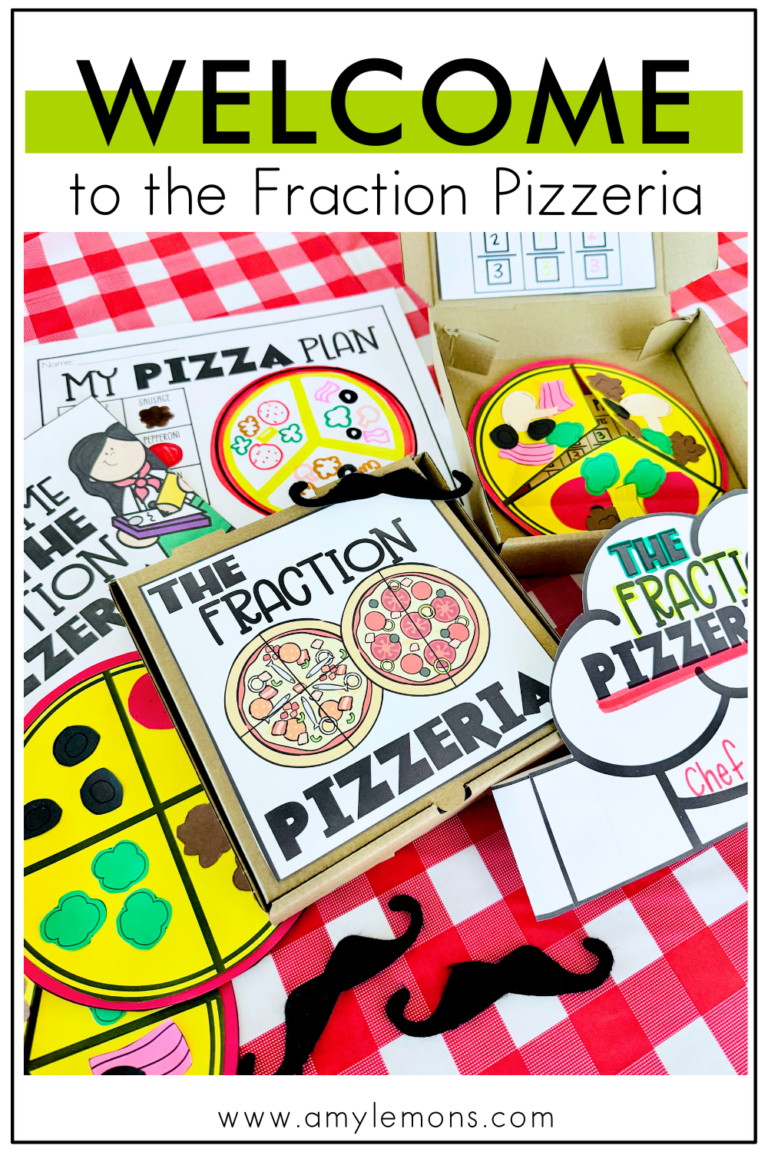

Is juggling various education priorities forcing you to push vocabulary practice further down your to-do list?
Vocabulary instruction is critical for building students’ reading and comprehension skills. From improving language habits to reading levels, the key is a quality vocabulary strategy. And when combined with fun, hands-on vocabulary games and activities, this strategy can completely elevate your students’ word knowledge.
Before we get into vocabulary practice, we must look at the whole picture. Particularly, the three distinct tiers of vocabulary that play an important role in student learning.
Tier 2 words are where we focus our efforts in the classroom. One thing we know for sure is exposure is the single most important part.
Literacy specialist Rebecca Alber noted in an article on teaching vocabulary for Edutopia that, “Students need multiple and various exposures to a word before they fully understand that word and can apply it.”
With this in mind, it’s essential to incorporate a variety of strategies to make vocabulary instruction fun, engaging, and effective. Equally as important is following structured steps.
Education researcher, Robert Marzano, created a powerful 6 step framework for vocabulary instruction. Marzano’s Six Steps for Vocabulary Instruction includes:
Internalizing this framework and focusing on the need for exposure, we can begin to incorporate it into vocabulary activities.
Now, let’s dive into some practical games that will enrich your students’ vocabulary! The three hands-on vocabulary games that I’ll share will engage students in meaningful activities for internalizing Tier 2 words. Under each title, you’ll find step-by-step instructions for how to conduct them.
In Vocabulary Towers, students work in small groups to build a tower out of index cards. Each card has a vocabulary word on it, and before adding a card to the tower, students must complete a vocabulary task related to the word.
This can include defining the word, using it in a sentence, providing a synonym, or acting it out. You can assign specific tasks for each round, or let students choose from a few options. Once the task is completed, the group can add the card to their tower.
The goal is to build the tallest tower possible while reinforcing their understanding of vocabulary words.
In Vocabulary Kaboom, students play in groups of 5, using popsicle sticks or strips of paper with vocabulary descriptions written on them.
Each player takes turns drawing a strip or stick and reads the description on it. They must correctly name the vocabulary word being described. If they guess correctly, they
keep the strip; if they’re wrong, the strip goes back into the pile. However, if a player draws a “KABOOM” strip, all the strips go back into the cup!
The game continues until all the strips are used, and the player with the most strips at the end wins! Students will work on mastering the identification of words based on context clues.
To play Vocabulary Heads Up, students need index cards with vocabulary words written on them and a headband. One player wears the headband with a vocabulary word attached, while the other students give clues to help the player guess the word—without saying the word itself!
The player wearing the headband listens to the clues and tries to guess the correct word. Once they guess, the roles switch and another player gets to wear the headband.
This spin on the popular guessing game is a fun and interactive way to encourage students to think critically about vocabulary meanings and synonyms.
“Students can be more engaged when they’re allowed and encouraged to play with language. Such play not only keeps students interested but also helps make their understanding of the new words more precise.”
– Rebecca Rolland, Speech Pathologist and Harvard Lecturer via Edutopia

Hey, y’all! My name is Amy Lemons and I am passionate about providing students with both engaging and effective standards-based Math and ELA lessons.

Sample a day of Rooted in Reading with these lesson plans and activities for Reading Comprehension, Vocabulary, and Grammar!